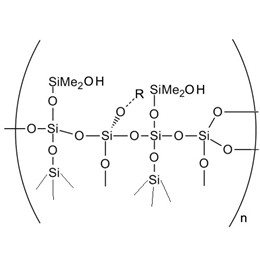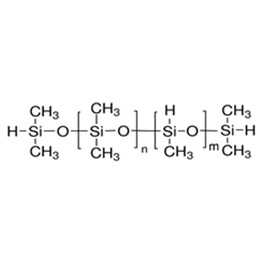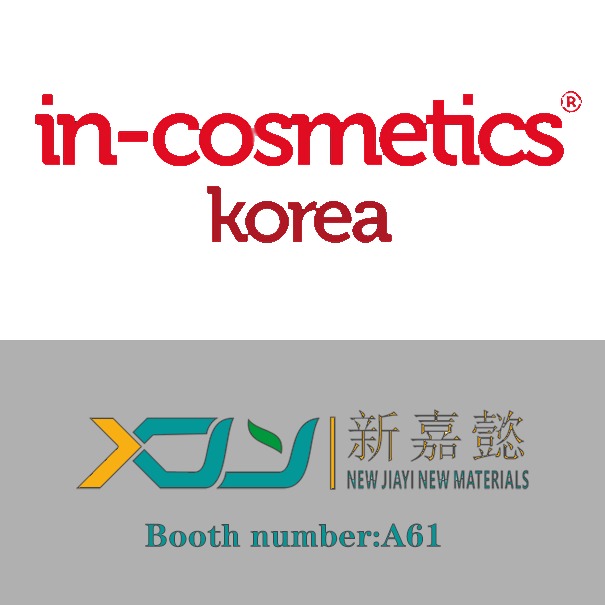There are many silicone products on the market, such as silicone grease, thermally conductive silicone, silicone heat sinks, silicone glue, and our liquid silicone, which is compatible with the majority of Epoxy, Polyurethane, and acrylic resins, they are widely used in many fields, such as leather, coating. Many electronic products use liquid silicone. What are the advantages of liquid silicone?
Because liquid silicone performance will be more suitable compared to other materials. Conventional liquid silicone cooling can achieve a thermal conductivity of about 0.8. Liquid silicone is a fluid silicone material, mainly synthesized from silicone oil, accelerator, and some reinforcing agents. Liquid silicone has fast vulcanization, excellent tear resistance, resilience, anti-yellowing, thermal stability heat resistance, and anti-aging properties. Liquid silicone is also non-toxic, heat-resistant, and highly recoverable, it is suitable for the injection molding process and can be used for the production of a variety of baby products, medical supplies, and electronic products.
There are five aspects to introduce the details about liquid silicone:
- What application of liquid silicone?
- Why use liquid silicone to dissipate heat?
- What is the principle of liquid silicone injection molding?
- How to control the quality of liquid silicone?
- How to make liquid silicone better performance?
1. What application of liquid silicone?
Because of its soft, non-toxic, high and low-temperature resistance, easy molding, and other characteristics, liquid silicone rubber can be widely used in a variety of product over-molding treatments. The following are some common products that can be covered with liquid silicone rubber:
(1) 3C electronic products:
Such as cell phones, phone watches, tablet computers, and so on. Liquid silicone can play an important role in sealing and waterproofing the parts of these products, such as the shell, cartouche, or interface.
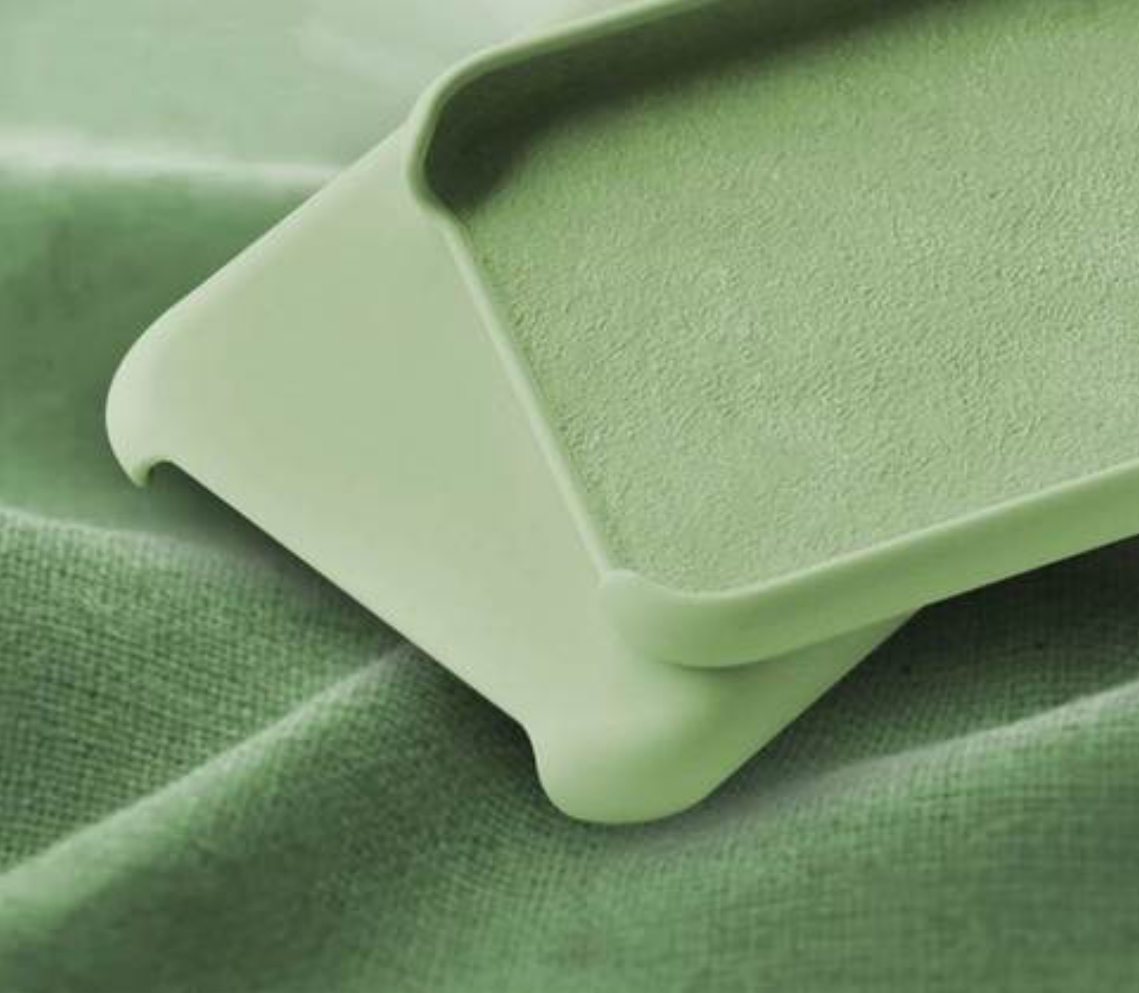
(2) Automobile parts:
Liquid silicone can also be used in the manufacture of automobile parts, such as automobile seals, fenders, and so on.
(3) Medical devices:
Liquid silicone can be used in the manufacture of medical devices, such as oxygen masks, throat masks, dental pads, face masks, urinary catheters, and so on, because of its non-toxic, high and low-temperature resistance, and other characteristics.
(4) Daily consumer goods:
Such as baby products (bottles, pacifiers, soothers, etc.), kitchen supplies (silicone bowls, spoons, etc.) and so on.
(5) Sporting goods and fitness equipment:
Liquid silicone's durability, non-slip, and comfort make it an ideal material for making sports equipment. For example, liquid silicone can be used to make handles for fitness equipment, yoga mats, and insoles for sports shoes.
(6) Toys and Crafts:
Liquid silicone is widely used in the manufacture of toys and crafts due to its non-toxic, environmentally friendly, and easy-to-mold properties. For example, liquid silicone can be used to make children's toys, ornaments, decorations, and so on.
(8) Industrial parts and seals:
Liquid silicone's resistance to high and low temperatures, chemical resistance, and sealing properties make it an ideal material for manufacturing industrial parts and seals. For example, liquid silicone can be used to make gaskets, O-rings, shock absorbers, and so on.
(9) Construction and home:
Liquid silicone is also widely used in the construction and home field due to its excellent weather resistance, aging resistance, and sealing properties. For example, liquid silicone can be used for window and door seals, as well as waterproof seals in wet environments such as bathrooms and kitchens.
(10) Aerospace:
In the aerospace field, liquid silicone can be used for sealing and connecting parts of airplanes, rockets, and other aerospace vehicles due to its excellent high and low-temperature resistance and anti-aging properties.
(11) Electronic products and electrical industry:
Liquid silicone is also widely used in electronic products and electrical industry. For example, it can be used for the insulation layer of wires and cables, and the fixing and sealing of electronic components.
Electronic liquid silicone is just one of the uses of liquid silicone inside, in addition to its own liquid silicone heat dissipation properties, the other properties of liquid silicone is also a very high demand; liquid silicone is an environmentally friendly materials, in the use of the process will not release materials that pollute the environment, liquid silicone is not corrosive, will not emit acidic and alkaline components, and therefore will not be electronic products to produce damage; for example, we Previously commonly used to potting loose people epoxy resin, these products are hazardous chemicals, flammable and explosive, transportation and storage are great security risks, followed by epoxy resin in the operation of the use of the process, will produce high temperatures, temperatures of about 80 degrees or so, high temperature is more likely to damage some of the components of the poorer temperature-resistant effect will be damaged; secondly, the body of the liquid silicone curing is soft, the liquid silicone will not release any material that will pollute the environment in the course of use. In the transportation encountered when the impact will not be dislocated damaged components, including the later disassembly will also be more convenient, and can play a good anti-vibration protection components effect.
In addition, liquid silicone can also be composite with other materials (such as metal, plastic, etc.) to increase product performance and added value. The application range of this composite material is even wider, covering almost all the fields that need to be encapsulated or sealed.
XJY-8205 Methyl MQ Silicone Resin
It is the product of co-hydrolysis of tetraalkoxysilane (Q unit) and trimethylalkoxysilane (M unit), which can be used as reinforcing material to prepare condensed liquid silicone rubber (LSR), durable elastomers.

XJY-8207S/M Hydrogen MQ Resin
It can be used as a reinforcing filler for two-component addition adhesives such as RTV adhesive, HTV adhesive, and liquid silicone rubber (LSR).

XJY-8206N Methyl Vinyl MQ Silicone Resin/Vinyl Polydimethylsiloxane
It is a colorless and transparent liquid resin consisting of Vinyl MQ Organosilicone Resin and Vinyl Silicone Oil, which can be used for LSR, and also for other two-component additive adhesives.
XJY-711 Hydride-Terminated Methylhydrosiloxane/Dimethylsiloxane Copolymer
It can be used as a special crosslinking agent for liquid silicone rubber LSR.

2. Why use liquid silicone to dissipate heat?
“Heat dissipation” is because air is a poor conductor of heat, so a medium is needed between the heat source and the heat sink to push the air out of contact.
Liquid silicone belongs to a variety of materials mixed into new materials, belonging to high-tech materials, with the continuous improvement of performance, liquid silicone has been popularized to as many as thousands of types, and the application field is becoming more and more extensive; has been popularized in many areas of our daily life. It is also a material with good thermal conductivity, has a high thermal conductivity coefficient, and can effectively conduct heat, liquid silicone is commonly used in heat sinks, thermal paste, and other applications that require good thermal performance, TPU is a thermoplastic polyurethane material with elasticity and toughness, TPU itself does not have good thermal performance.

3. What is the principle of liquid silicone injection molding?
Liquid injection molding is a mold-making process that utilizes the high fluidity of silicone for molding. The principle mainly includes the following steps:
(1) Preparation of silica gel:
Firstly, the silica gel is heated to a liquid state, so that it has high fluidity.
(2) Injection molding:
The liquid silicone is injected into the mold, and the pressure generated by the injection machine fills the cavity of the mold with silicone.
(3) Compaction and Exhaustion:
Through vibration or pressure, etc., the silica gel will be discharged from the air bubbles in the mold to ensure the quality of the finished product.
(4) Curing Silicone:
After injection molding of silicone, it needs to be cured, usually by drying or heating the silicone, so that it will be cured to the desired shape.
(5) Remove the finished product:
After curing the silicone, the finished product can be removed from the mold, and subsequent processing and handling.
Through the above steps, liquid silicone injection molding can achieve flexible shape design, high-precision manufacturing, and faster molding speed, suitable for manufacturing a variety of complex shapes of silicone products.
The principle of liquid silicone injection molding has a wide range of applications and can produce a variety of silicone products with complex shapes and precise dimensions, such as seals, shock absorbers, and conduits. This molding technology has the advantages of high production efficiency, good product quality, and high material utilization, so it is widely used in automotive, electronics, medical, aerospace, and other fields.
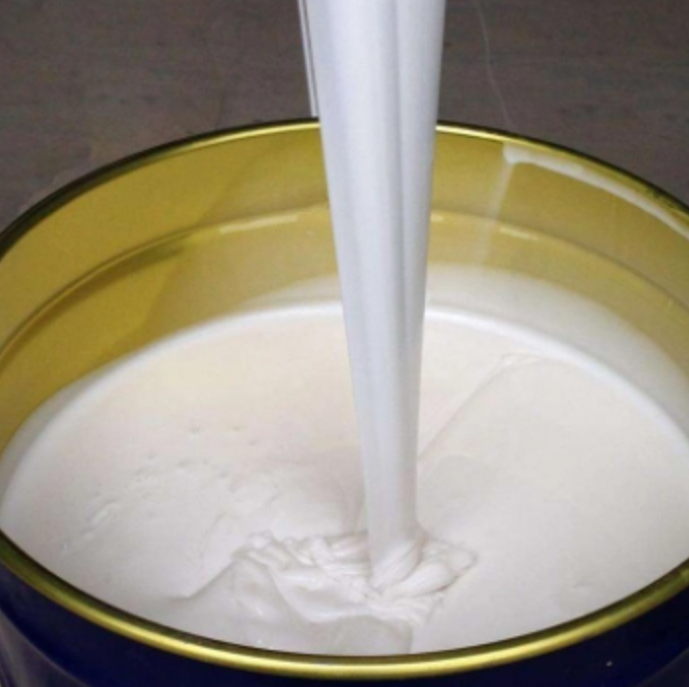
The principle of liquid silicone injection molding is based on the special properties of liquid silicone material, through the injection molding equipment will be injected into the mold, after a certain period of time and under certain conditions of curing, and ultimately get the desired solid silicone products. Liquid silicone injection molding can achieve flexible shape design, high-precision manufacturing, and faster molding speed, suitable for manufacturing a variety of complex shapes of silicone products.
4. How to control the quality of liquid silicone?
In the silicone products industry, liquid molding injection molding process is silicone molding processing more attention to detail in a way, it is not only in the pre-processing need to spend a lot of time to adjust the equipment machine, but also need to then the environment, materials, molds and other aspects of the processing of the pre-processing to make adequate preparations, to ensure that the quality of the product stability and the efficiency of the production process.
(1) Selection of raw materials
First of all, to choose the material in line with the product model, according to different models and colors and requirements, choose the appropriate type and grade of silicone. At the same time, it is necessary to ensure that the silicone material used is certified, has excellent chemical stability and physical properties, and can meet the needs of long-term use, because the stability of the material ensures its production stability.
(2) Open mold structure considerations
The production of molds, molds is an important part of the process in the pre-processing we need to reasonably design the parting of molds and feed ports to ensure that the mold does not affect the appearance of the product, the production quality controllability, the size of the product's parting line as well as the size of the precision of the production have a certain impact, so the mold and the material are to occupy the main processing problem points.

(3) Control of processing temperature and pressure
Liquid silicone processing temperature has a great impact on its quality and performance. Too high a temperature will lead to silicone material decomposition, too low a temperature will affect the fluidity of silicone and processing performance. Secondly, the size of the pressure of the machine and the feed ratio are extremely important, therefore, in the process of processing need to strictly control the pressure and temperature of the machine to ensure that it is within the appropriate range.
(4) Avoid mixing impurities
In the liquid silicone processing, should avoid mixing impurities or harmful substances. These impurities may cause defects or safety hazards in silicone products. Therefore, it is necessary to analyze and test the raw materials and additives before processing to ensure that their purity and quality meet the requirements.
(5) Pay attention to the processing link
In the processing of liquid silica gel, need to pay attention to some key links. For example, the mixing of raw materials needs to be carried out in accordance with the prescribed ratio and order, mixing time should be sufficient to ensure that the raw materials are fully mixed. In addition, it is necessary to ensure the finish and precision of the mold in the casting and molding process to obtain qualified silicone products.
Liquid silicone products usually belong to a more precise and higher surface requirements of a class of products, so their appearance and packaging requirements are basically higher, in dealing with the cloak need to be careful when dealing with the rubber inlet, part of the products need to be ground to control the grinding of the wall thickness and the phenomenon of fault. Wear dust-free gloves as much as possible when packing, especially the electroplating mirror category products, to prevent hand sweat and fingerprints.
5. How to make liquid silicone better performance?
Liquid silicone manufacturers need to pay attention to several aspects of product processing. From choosing the right silicone material to post-processing and storage all need to be strictly controlled and managed to ensure the quality and safety of the products. How to improve the competitiveness of your products?
XJY Silicones is one of the leading silicone MQ resin and VMQ silicone manufacturers in China, with more than 30 years of R&D and manufacturing experience in the silicone industry as well as more than 15 related patents and technical support. Our silicone raw products can meet the needs of liquid silicone and support the provision of diversified customized solutions.


